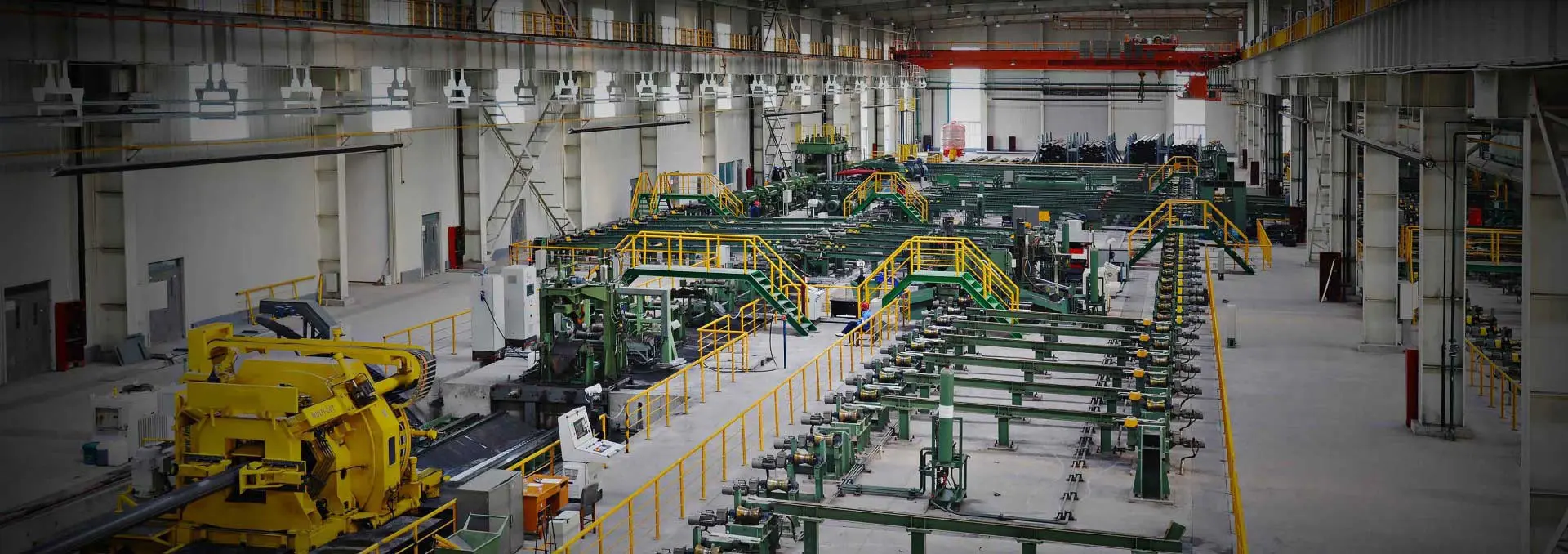EN 10220 is a key European Union standard that specifies the dimensions and mass per unit length of seamless and welded steel tubes. Widely used in industrial piping, construction, and mechanical systems, it provides a unified reference for measuring and calculating pipe sizes, tolerances, and theoretical weights.
Although it has now been replaced by ISO standards, EN 10220 remains a cornerstone in understanding how European tube dimensioning systems evolved.
1. Core Contents of EN 10220
(1) Size Series Definition
EN 10220 defines standard size series based on outside diameter — the primary parameter for selecting pipes, fittings, and connectors.
(2) Theoretical Weight Calculation
The standard provides a unified formula to calculate the theoretical mass per unit length using pipe dimensions (outer diameter and wall thickness) and the material density (usually 7.85 kg/dm³).
(3) Tolerance Specifications
Detailed tables specify allowable deviations for outside diameter, wall thickness, and ovality for different manufacturing methods (seamless or welded) and size ranges.
(4) Dimension and Weight Tables
EN 10220 includes comprehensive reference tables listing typical steel tube sizes and corresponding theoretical weights. These tables are informative and serve as a general design reference, not a strict product specification (unlike EN 10210-2 or EN 10219-2).
2. Relationship Between EN 10220, EN 10210, and EN 10219
EN 10220 serves as a foundation standard, providing the dimensional and tolerance framework upon which other product-specific standards are built.
EN 10220: Defines measurement methods, tolerances, and theoretical weights — the “rules of measurement.”
EN 10210 (Hot Formed Structural Hollow Sections) and EN 10219 (Cold Formed Structural Hollow Sections): Product standards that include mechanical properties, manufacturing methods, material grades, and testing requirements.
In short:
EN 10220 → What to measure and allowable tolerances.
EN 10210 / EN 10219 → What to make and how to test it.
3. Transition to ISO Standards
EN 10220 has been superseded by internationally harmonized ISO standards:
ISO 1127 – Stainless steel tubes — Dimensions, tolerances and mass per unit length
ISO 4200 – Welded and seamless plain-end steel tubes — Tables of dimensions and mass per unit length
Modern European standards such as EN 10210 and EN 10219 increasingly refer to these ISO standards, ensuring global compatibility in design and production.
4. Simple Analogy
Think of EN 10220 as the “General Measurement Manual” — it tells you how to measure, calculate, and define tolerances.
Meanwhile, EN 10210 and EN 10219 are like “Product Manuals” — they explain how to manufacture specific products (e.g., structural hollow sections), what materials to use, and what properties to test.
Conclusion
While EN 10220 is no longer used directly for production or purchasing, it remains an essential reference for understanding the dimensional framework of European steel tubes.
For practical engineering and procurement purposes today, EN 10210 (hot-formed) and EN 10219 (cold-formed) should be your go-to standards for structural hollow sections.
FAQ: EN 10220 and Related Standards
Q1: Is EN 10220 still valid?
No. EN 10220 has been replaced by ISO 1127 and ISO 4200. It is now mainly used as a historical or reference standard.
Q2: Can EN 10220 be used for new projects?
It’s not recommended. For design or procurement, use EN 10210 (hot-formed) or EN 10219 (cold-formed), which include up-to-date technical and mechanical requirements.
Q3: What is the main difference between EN 10210 and EN 10219?
EN 10210 applies to hot-formed structural hollow sections, while EN 10219 applies to cold-formed ones. The manufacturing process affects mechanical properties and tolerance levels.
Q4: Why is EN 10220 still mentioned in technical documents?
Because it formed the original dimensional reference for EN 10210 and EN 10219, many older design standards and databases still list EN 10220 dimensions for compatibility.

 English
English Español
Español




 Tel : +86-18565811709
Tel : +86-18565811709 Email :
Email : 
 News
News




